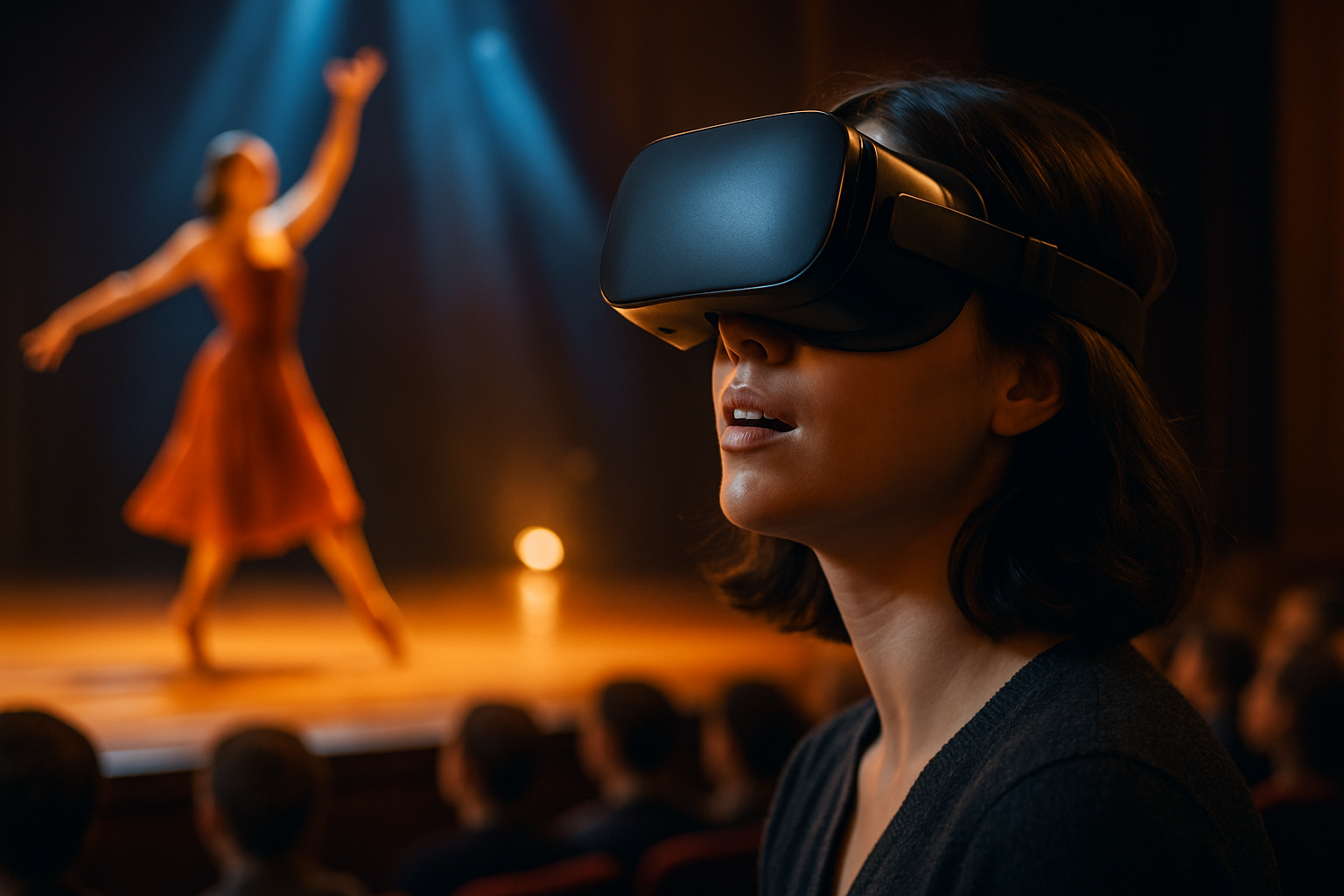Virtual Reality: The New Frontier in Performing Arts
The world of performing arts is about to be disrupted, thanks to the advent of virtual reality technology. This article delves into the evolution, impact, and future prospects of virtual reality in transforming the performing arts landscape. Immersive, interactive, and transformative, virtual reality (VR) is breathing new life into the performing arts. It's a cutting-edge trend that's paving the way for a paradigm shift in how audiences experience art.

The Dawn of VR in Performing Arts
Virtual reality’s journey in the performing arts can be traced back to the late 20th century, with the advent of computer-generated imaging technology. Early examples were basic, primarily used for training simulations. However, as technology evolved, so did its application in the arts. Artists began exploring VR as a new medium for creativity, blurring the line between the performer and the audience, and challenging the traditional boundaries of performing arts.
The Current State of VR Performances
Today, virtual reality has ushered in a new era of immersive performances. Artists worldwide are using VR technology to create multi-sensory experiences that transport audiences into alternate realities. The Royal Shakespeare Company’s 2016 production ‘The Tempest,’ for instance, used motion-capture technology to create a digital avatar for Ariel, the spirit, adding a new dimension to the performance.
The Impact of VR on Performing Arts
Virtual reality is revolutionizing the performing arts in several ways. Firstly, it enables artists to transcend physical boundaries, offering limitless possibilities for creativity. Secondly, it democratizes the arts, making performances accessible to a global audience irrespective of geographical constraints. Most importantly, it enhances audience engagement by making performances more immersive and interactive.
The Future Prospects of VR in Performing Arts
As VR technology continues to advance, its role in performing arts is set to grow. Future performances may include full-length VR plays, ballets, or concerts, where audiences can choose their vantage point or even interact with performers. While there are challenges—such as high production costs and the need for specialized equipment—the potential of VR in performing arts is undeniable.
Conclusion
Virtual reality is ushering in a new era of performing arts—one that’s immersive, interactive, and boundary-pushing. As artists continue to experiment with this exciting medium, audiences can look forward to more innovative, engaging, and transformative experiences. The show, as they say, is just getting started.






